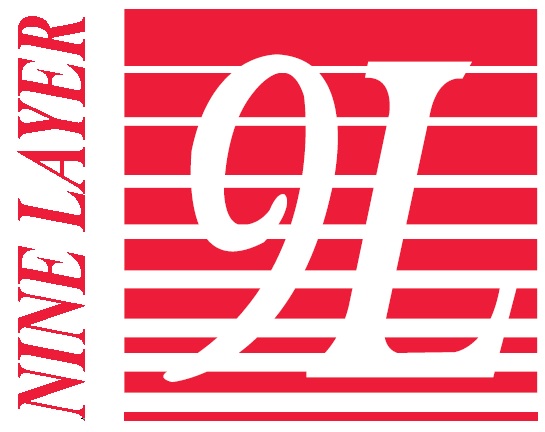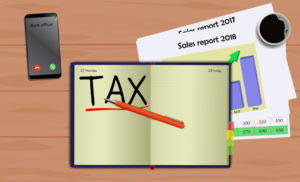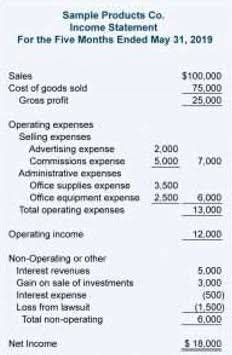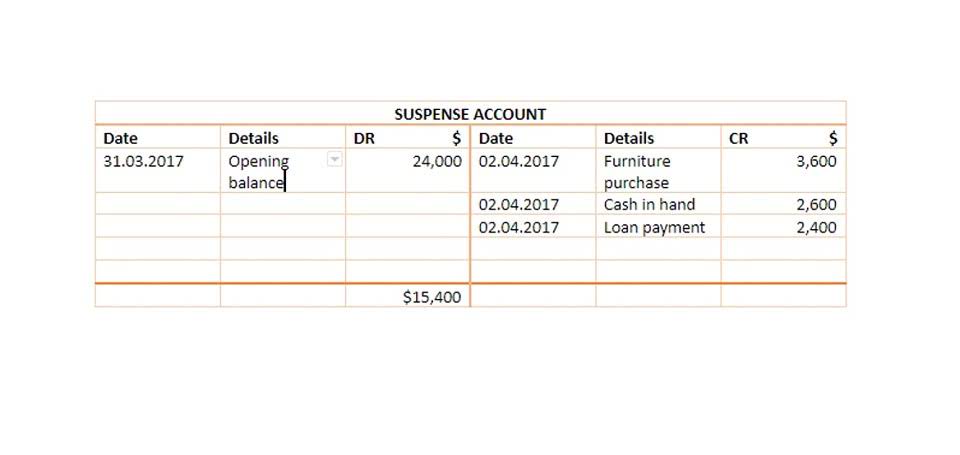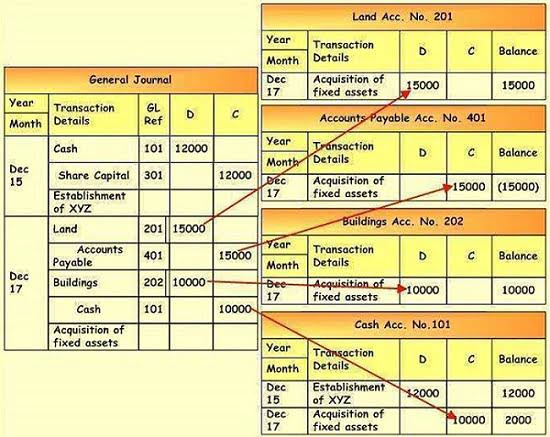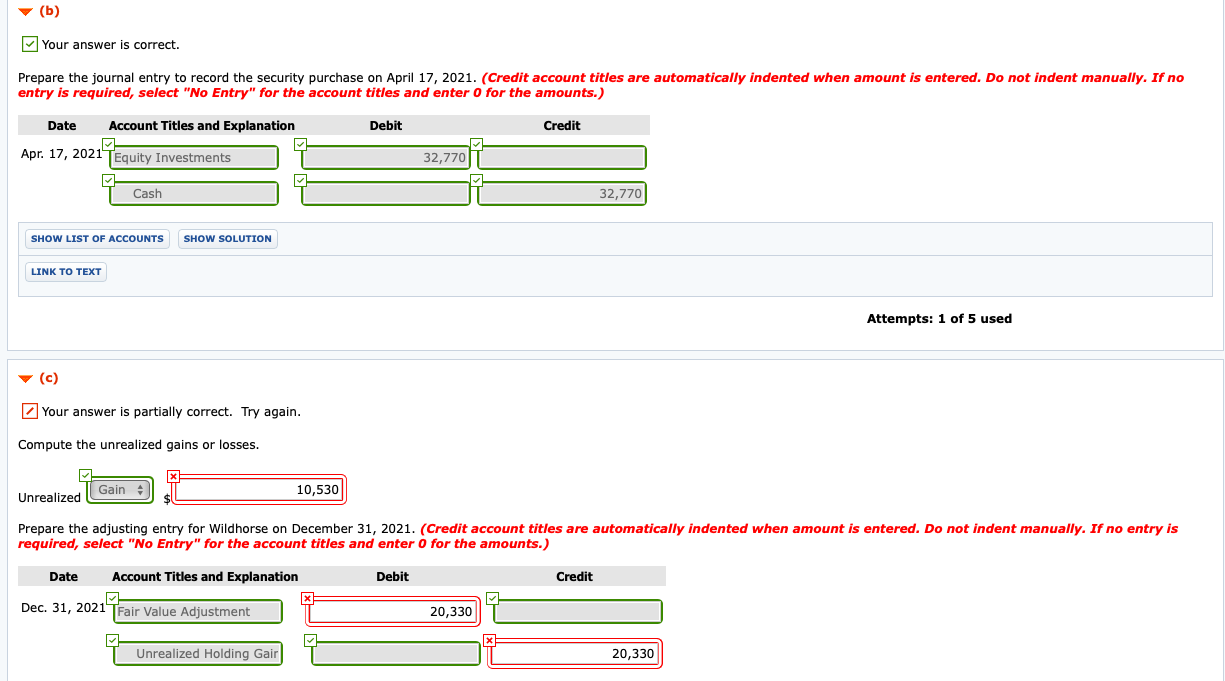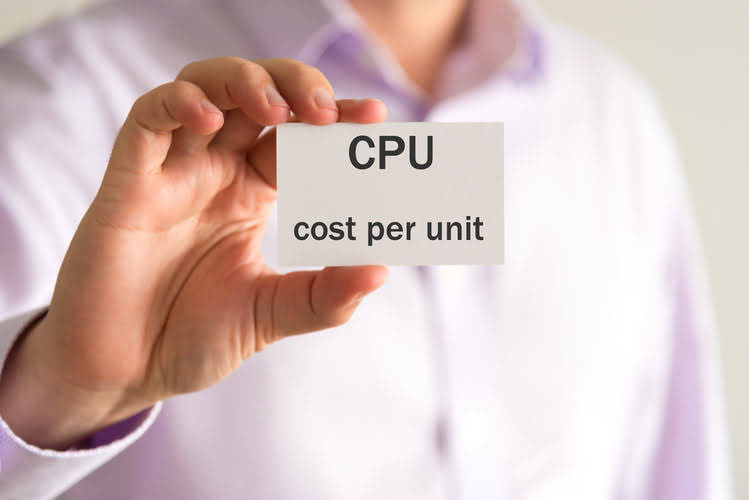Our team brings together a wealth of expertise from a wide range of industries to meet our clients’ business needs. We also have an on-staff CPA for more complex work, ensuring that even the most intricate financial situations are handled with precision. Our day-to-day bookkeeping services allow us to access and resolve complex situations at a fraction of the cost, providing exceptional value to our clients. Whether it’s financial guidance, operational support, or strategic growth, our diverse team is passionate about helping businesses thrive in every aspect.
I Have An Existing Business, Do you Evaluate, Identify Missing Pieces and/or Setup Processes?
We try our best to keep you with the bookkeeping team you’re assigned when you come on board. If there’s any change The Importance of Construction Bookkeeping For Streamlining Business Operations in your bookkeeping team, we’ll let you know as soon as possible and make sure the transition is a smooth one. Each month, your bookkeeper organizes your business transactions and prepares financial statements. Not sure where to start or which accounting service fits your needs?
We know bookkeeping for Sioux Falls based businesses
Our CPA service in Sioux Falls, SD, offers comprehensive bookkeeping services designed to keep your finances in check. I’m a Certified Public Accountant in Sioux Falls, SD providing timely and accurate accounting and bookkeeping services that provides you with data to manage your business. Whether you’re a business owner or individual our CPA firm gives you the information you need to operate your business. We provide detailed accounting reporting like cash flow and working capital and tax pro forma reports to make better decisions. I am meticulous about the work I do and I pay close attention to important details.
QUICKBOOKS ACCOUNTING IN SIOUX FALLS, SD
- Whether you’re an individual or a small to midsize company owner, financial responsibilities like tax preparation can be overwhelming.
- With this in mind, along with our “Midwest” values and over four decades of combined experience, we believe the industry can do better.
- Do you ever wondered whether an accountant is really a benefit to you or your business?
- Call me today for more information about my QuickBooks accounting services or to schedule a consultation to discuss your needs.
- We are committed to helping professional service providers build successful enterprises.
- I’m a Certified Public Accountant in Sioux Falls, SD providing timely and accurate accounting and bookkeeping services that provides you with data to manage your business.
- We use Plaid, which lets you securely connect your financial accounts to Bench in seconds.
We pride ourselves on offering personalized services geared toward your unique needs. Your input plays a crucial role in the process, and we encourage you to ask questions and voice your concerns. It’s not all about knowledge, sometimes business owners just dislike or don’t have time for the back-end part of a business, and that’s completely acceptable. We are here to support you and do our best to give you relief, all while doing what we love. Despite the popularity of QuickBooks, many individuals and businesses alike report numerous difficulties with its use.
- Join over 35,000 US-based business owners who have streamlined their finances and have grown their businesses with Bench.
- At Dakota Accounting, I am here to take the guesswork out of the equation with comprehensive QuickBooks accounting services.
- Contributing to causes you care about not only supports your community and passions but can also offer significant tax benefits.
- We also have an on-staff CPA for more complex work, ensuring that even the most intricate financial situations are handled with precision.
- Much like an oyster takes a nuisance grain of sand and coats it to turn it into a pearl, at Pearl Accounting, we take your nuisance and turn it into something of value.
Business Valuations
At Bench, we understand the bustling economy of Sioux Falls, South Dakota, and the need for prompt bookkeeping services. Get your bookkeeping, income tax prep, and filing done by experts—backed by one powerful platform.From startups to agencies, Bench works with Sioux Falls small businesses. Our intuitive software automates the busywork with powerful https://digitaledge.org/the-role-of-construction-bookkeeping-in-improving-business-efficiency/ tools and features designed to help you simplify your financial management and make informed business decisions. At McGinnis and Company, PC, we don’t offer cookie-cutter services.
- The magic happens when our intuitive software and real, human support come together.
- Each of our CPAs is committed to your success and is happy to answer questions and walk you step-by-step through our processes.
- Our team of pros is familiar with South Dakota tax rules and will customize their approach to your business’ unique needs.
- I offer a variety of small business accounting service to local businesses in and around Sioux Falls, SD.
- We are here to support you and do our best to give you relief, all while doing what we love.
- We’ll work with you to connect accounts and pull the financial data we need to reconcile your books.
